Build it, and they will come.
As consumers, we now live in an age where innovation is expected, and as such, is as common as daily news. In this thriving trend of progress, the awards industry is long overdue for that new great thing. Typically speaking; trophies, medallions, and plaques come from China in bulk, and trophy wholesalers maintain supply lines of stock that are either popular, or predicted to sell in viable quantities. On a fundamental level, this is not a bad thing, as trophies are in greater demand now than ever before. There are more awardees per event, and clubs need to keep costs to a budget. But what happens when an award is needed that is either discontinued, or simply does not exist yet?
Fantastic trophies, and where you can find them.
Customers needing awards, who also wish to be dazzled by a bit of never-before-seen magic, are often characters in the wrong story. At least, that’s how things used to be. A quick search on Google will bring up a plethora of services offering awards outside the boundaries of the norm. Some trophy engravers use the term ‘custom award’ loosely, often referring to modular trophies that use swapped components. But other shops genuinely offer awards designed from the ground up, limited only by their graphic designer’s skillset and the tools on hand.
The extent of this service will vary from one shop to the next, and as a baseline, the most common style of custom trophy uses one or more layers of Perspex, often mounted to a base with a picture adhered behind or in front (using a transfer, screen print, or UV print). Anything more complex or “different” than this would mean finding an available trophy shop with the necessary facilities, and your options here would begin to diminish.
If we were to delve deeper into the matter, at the upper end of the spectrum is a demand for fully custom trophy components. This is at a point where cutting shapes from Perspex or wood will simply not be enough. Fully custom trophy top sculptures exceed the capabilities of laser engraving machines, and we instead arrive at a very different technology altogether… 3D Printers.
A common problem that trophy engraving shops always face is discontinued supplies. Once components are depleted and are no longer being produced, they are gone for good. But they don’t have to be, and the rise in 3D printer technology has opened doors that were once thought closed. Perpetual and logo holders are a perfect example of this. Components such as these are in demand because clubs prefer new perpetual boards to look the same as the old ones. Normally, under this circumstance, a club has to suffer mismatched boards because of limited supply. Now they don’t.
As for how this miracle happens, jumping from one technology to another requires new skillsets and new software knowledge. And not all trophy engraving services will be up to the hefty task of rising to the occasion. This will change in time, of course, but a tired industry set in its ways will take a while to catch up. But for those that do, here are examples of the tools of their trade…
The first hammer strike on a new anvil.
By now, trophy shops are familiar with software such as Corel Draw, RDworks, JobControl, and Gravostyle. These are all perfectly fine for laser engraving purposes, but are fundamentally incorrect for the needs of 3D printing. Two new software types are required for this, and they are 3D modelling software and slicing software. The latter is less daunting than the former by a considerable extent.
For the 3D modelling software, there are many options to choose from. I could list them all here and explain the immediate differences between them, but that is a subject best left to another article on a more knowledgeable website. So strictly speaking, Beyond Trophies uses a free and popular 3D modelling software known as Blender.
A trophy shop wanting only to create 3D models to print does not need the full complexity of a 3D program. As a bare minimum, the knowledge to create 3D models is all that is needed. This includes troubleshooting and scaling to specific sizes. Rendering might also be useful for product screenshots, but other aspects of a program, such as animation and physics, is not vital for a trophy supplier to learn.
Beyond Trophies uses 3D modelling to solve challenges with 3D printing and the assembly of trophies. The challenge with 3D printing is time efficiency and creating objects which are strong enough to pick up and handle by any age group. A trophy top sculpture could take eight hours to print, and a failure half way through could jeopardize an order getting to a client on time. To combat the chance of things going wrong with a print, it is best to break apart a trophy sculpture into smaller segments, thus to be printed separately. Printing four pieces (two hours each) is better than a single piece taking eight hours. A failure in one of those pieces will not impact time as severely as a full sculpture going awry.
After a successful print, combining the pieces of a trophy top might simply be a matter of glue. But Beyond Trophies prefers to work with pieces that lock or slide into place where possible. This is particularly true when combining 3D printed pieces with Perspex sheets, where glue can be a hazard to the end result.
Slicing software
Compared to 3D modelling software, slicing software is less daunting and often preconfigured for your benefit. Beyond Trophies uses a program called Cura, but any slicer will do. The main function of slicing software is to take a 3D model and create a layered route for the 3D Printer to follow. In essence, a 3D printer starts layering from the base of the machine bed and works its way up, one layer at a time. Anyone familiar with CNC rotary machines will understand how a route path works and why it’s needed. 3D printers are no different.
Now that Pandora’s Box is open
The new age of 3D Printers implies many possibilities. Perpetual holders that were thought discontinued will surface again. Not only that, but customizing them will become a reality for the very first time. Imagine a title plate where the decorative holder is uniquely personalized to the club? Imagine perpetuals no longer restricted to specific shapes anymore? These things are happening, and they are happening now.
What about Trophy tops? Behold a club logo in 3D, and imagine that logo held by the club’s mascot… all sitting at the top of a trophy! Each one would be unique, and something that no one in the world has ever seen before! These things were previously impossible, because every trophy component came from factories and were geared towards a mass market. Now, smaller and personalized needs are catered for, and truly, the sky is the limit.


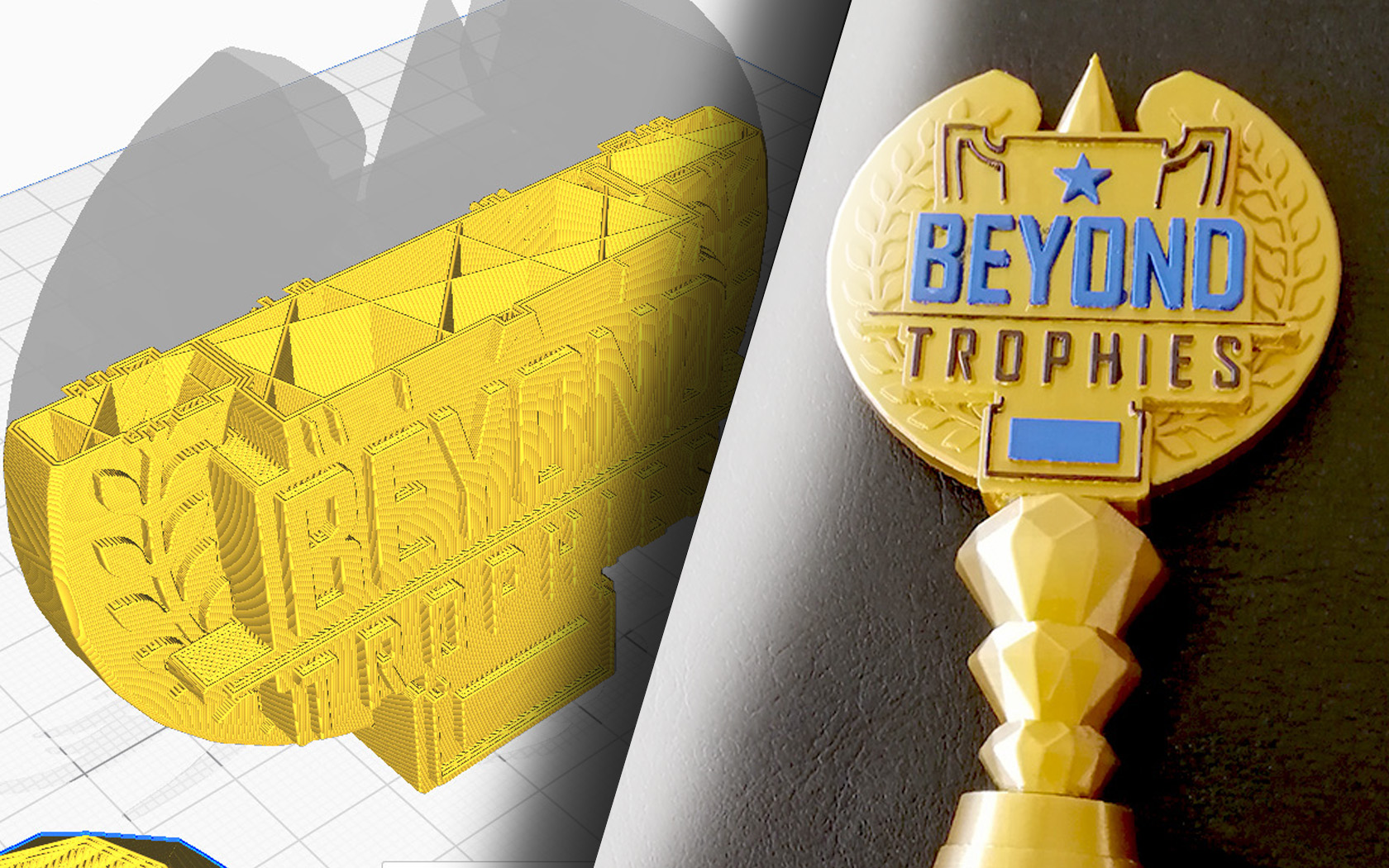
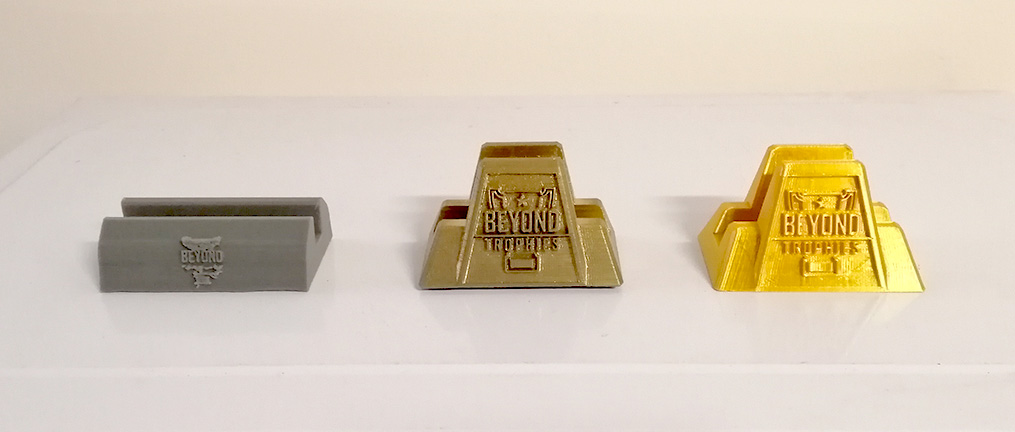





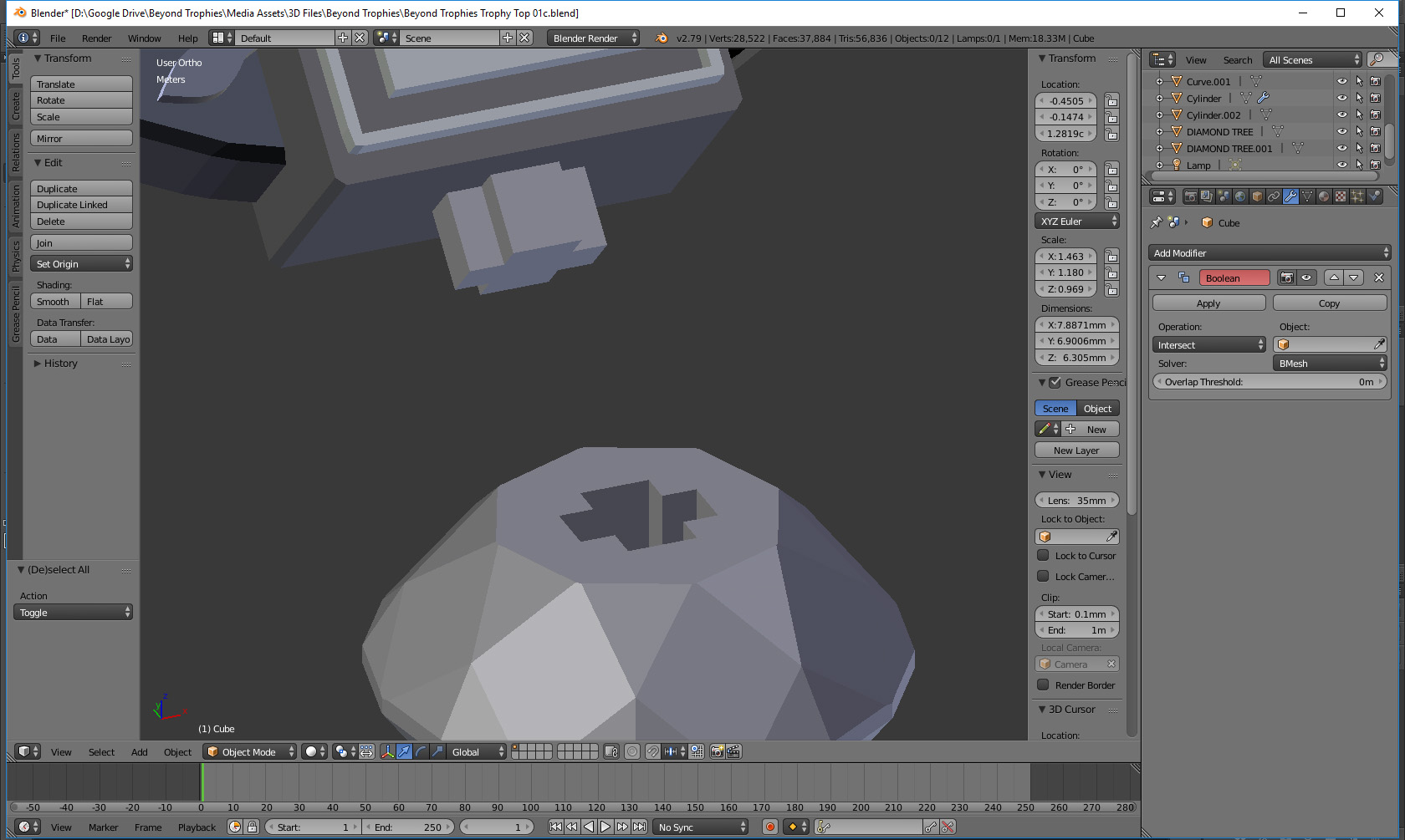

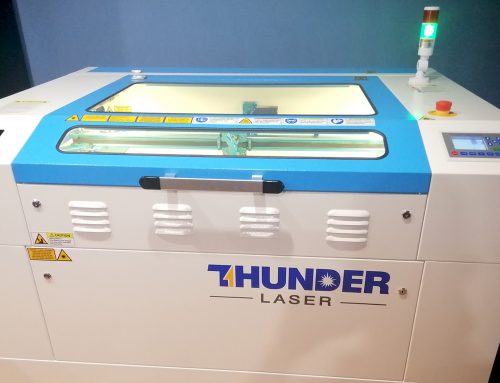
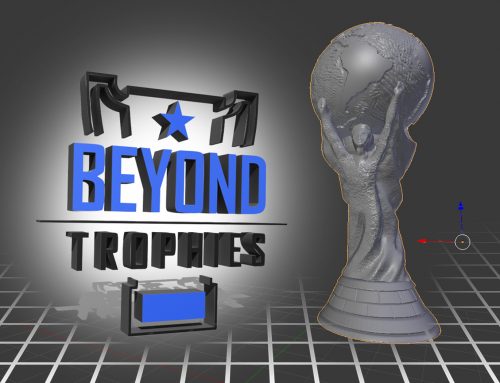
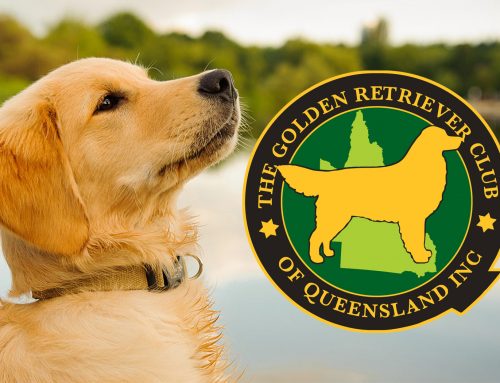

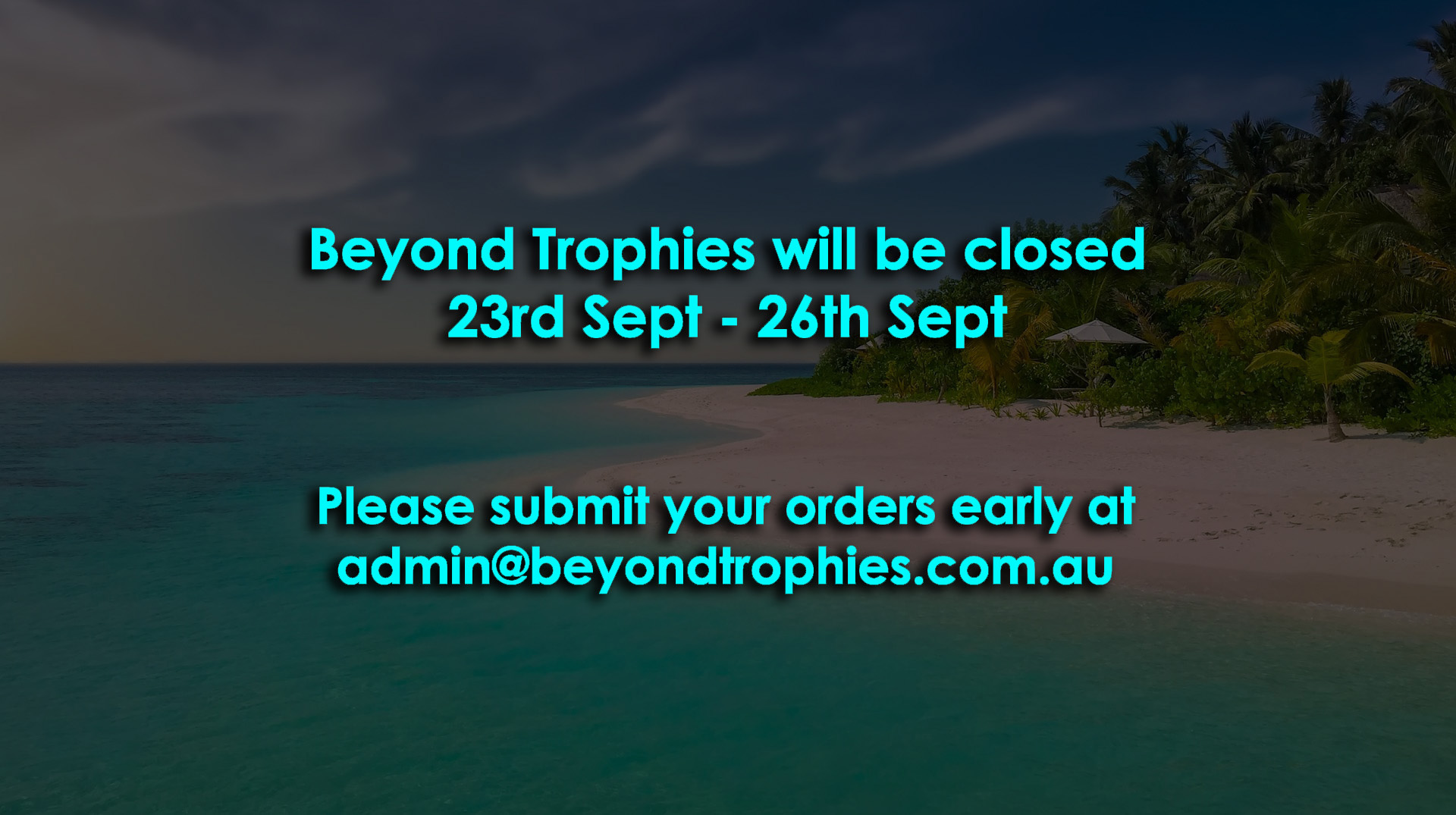
Leave A Comment